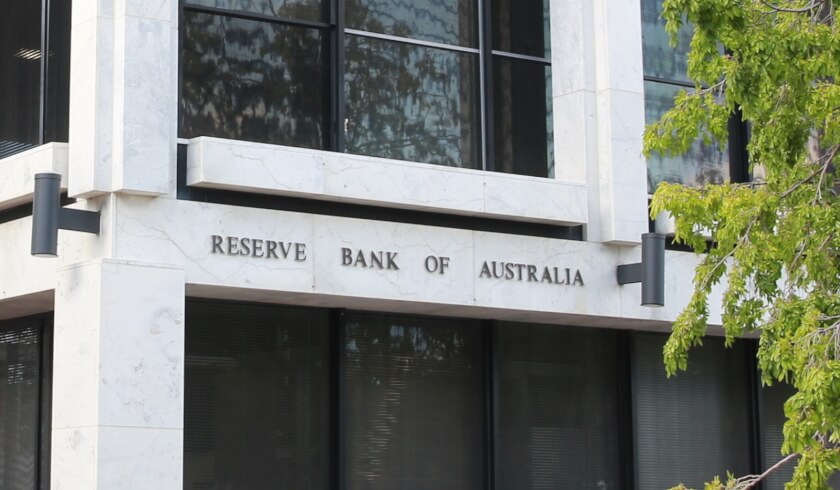RBA puts to rest rate rise chatter and washes hands of house price boom
The Reserve Bank of Australia has put to rest chatter among investors that conditions for a higher cash rate could be met as early as next year and reaffirmed its position that its job does not involve targeting housing prices.

As the RBA announced its rate hold earlier this month, chatter among investors increased, with many predicting that given the property price boom, the bank could be forced to intervene earlier than planned.
Shane Oliver, chief economist at AMP Capital, tipped at the time that a rate hike could occur in the March quarter 2023.
“The faster than expected economic recovery will likely see the RBA hike rates earlier than 2024, but probably not until 2023 because it fears that if it moves too early without waiting for a much stronger jobs market and 3.5 per cent or so wages growth, inflation will not be sustained in its 2–3 per cent target range,” Mr Oliver said.
But RBA governor Philip Lowe has put these predictions to rest, explaining at the AFR Business Summit on Tuesday that “this is not an expectation that we share”.
“For inflation to be sustainably within the 2–3 per cent range, it is likely that wages growth will need to be sustainably above 3 per cent. This is assuming that Australia generates ongoing growth in labour productivity and that the profit share of national income does not continue to trend higher.
“Currently, wages growth is running at just 1.4 per cent, the lowest rate on record. Even before the pandemic, wages were increasing at a rate that was not consistent with the inflation target being achieved. Then the pandemic resulted in a further step-down. This step-down means that we are a long way from a world in which wages growth is running at 3 per cent plus,” Mr Lowe said.
Tapping into overseas evidence, Mr Lowe said the journey back to sustainably higher rates of wages growth will take time and will require a tight labour market for an “extended period”.
Even in the absence of another major shock, Mr Lowe conceded “it is a long way back to seeing wage increases consistent with the inflation target”.
“The point I want to emphasise is that for inflation to be sustainably within the 2–3 per cent target range, wages growth needs to be materially higher than it is currently,” Mr Lowe said.
“The evidence strongly suggests that this will not occur quickly and that it will require a tight labour market to be sustained for some time.
“Predicting how long it will take is inherently difficult, so there is room for different views. But our judgement is that we are unlikely to see wages growth consistent with the inflation target before 2024,” he said.
RBA does not target house prices
Mr Lowe also reiterated that the RBA does not target housing prices, “nor would it make sense to do so”.
“I recognise that low interest rates are one of the factors contributing to higher housing prices and that high and rising housing prices raise concerns for many people.
“There are various tools, other than higher interest rates, to address these concerns, leaving monetary policy to maintain its strong focus on the recovery in the economy, jobs and wages,” Mr Lowe said.
Among these tools, he noted, is the bank’s continuous monitoring of lending standards.
“Looser standards would increase medium-term risks and add to the upward pressure on prices, so would be of concern.
“Reflecting this, the Council of Financial Regulators has indicated that it would consider possible responses should lending standards deteriorate and financial risks increase. We are not at this point, but we are watching carefully,” he concluded.
